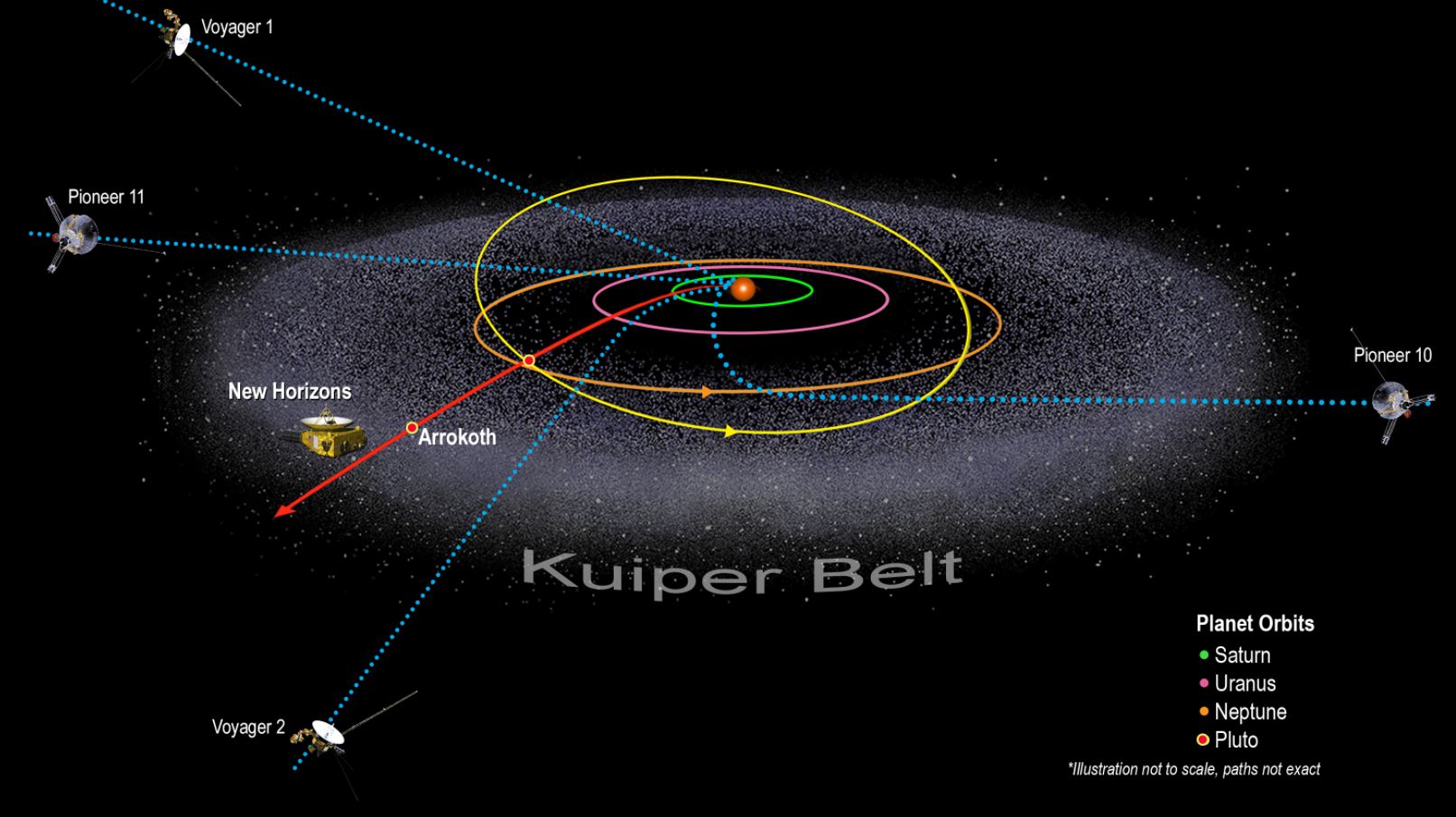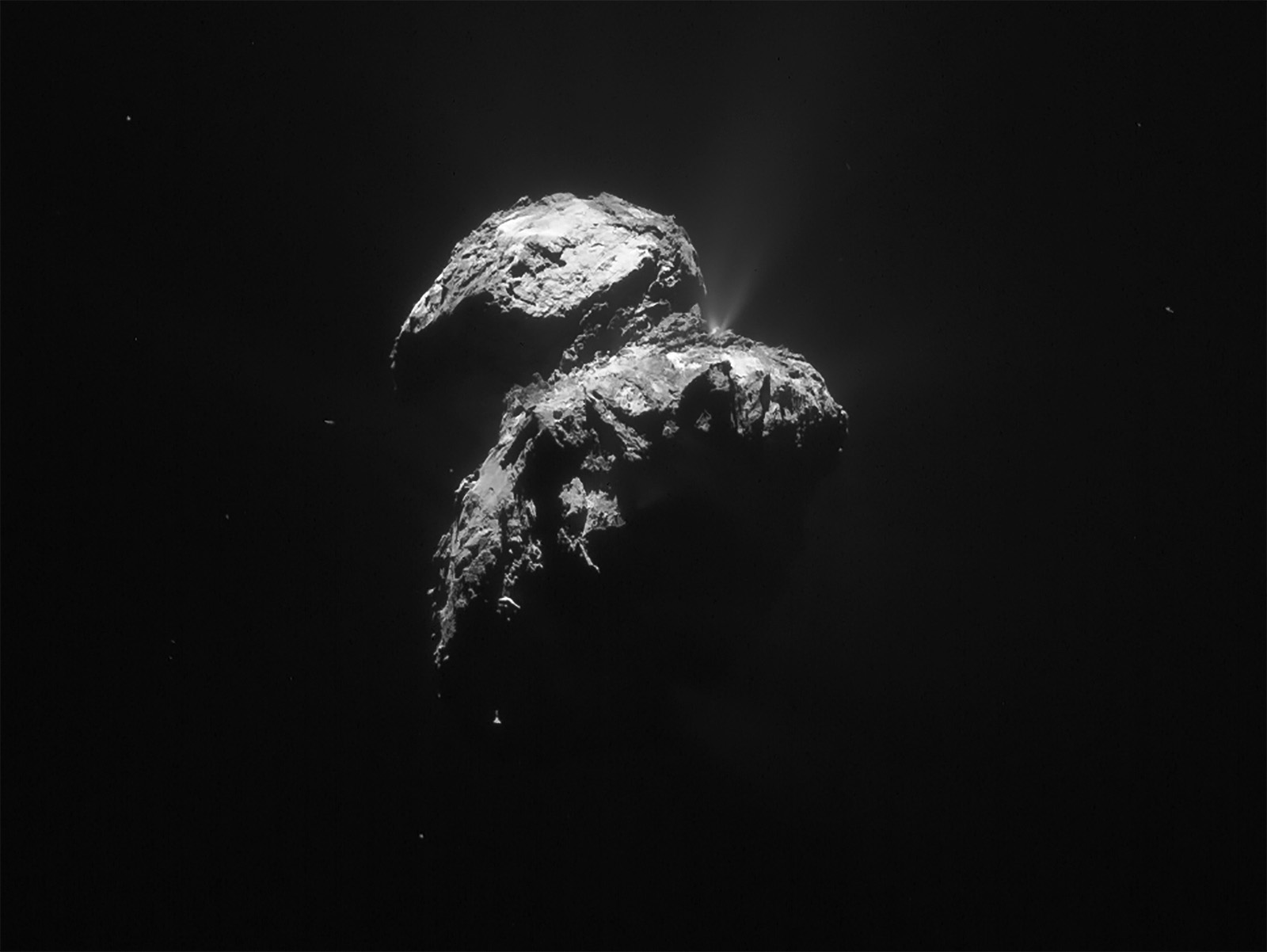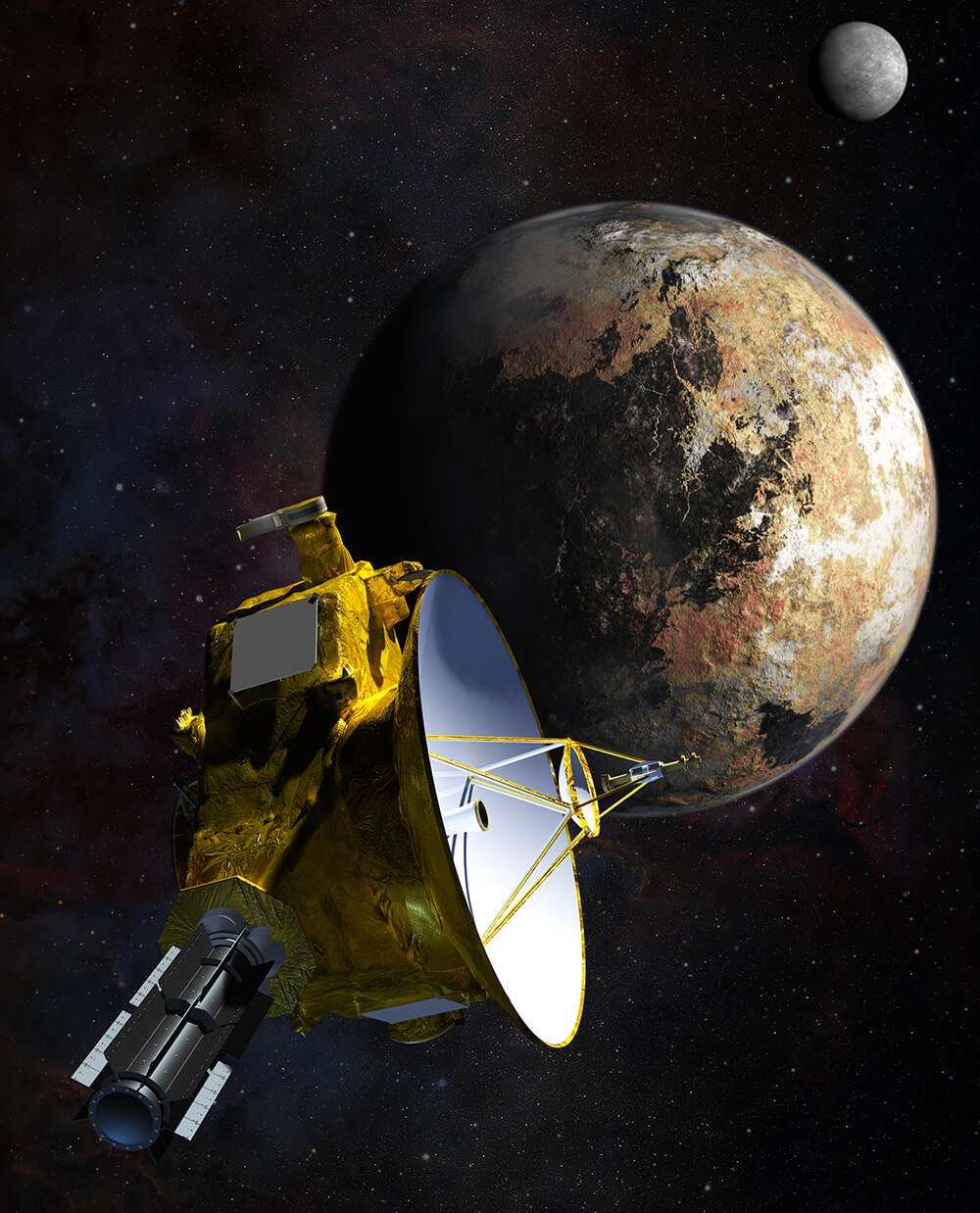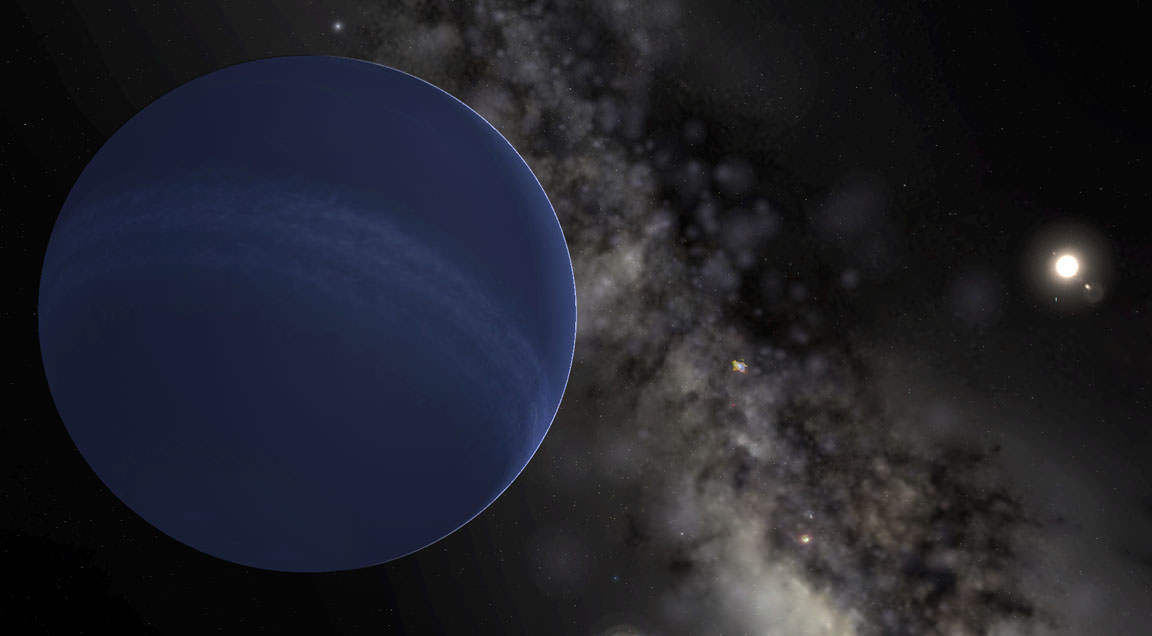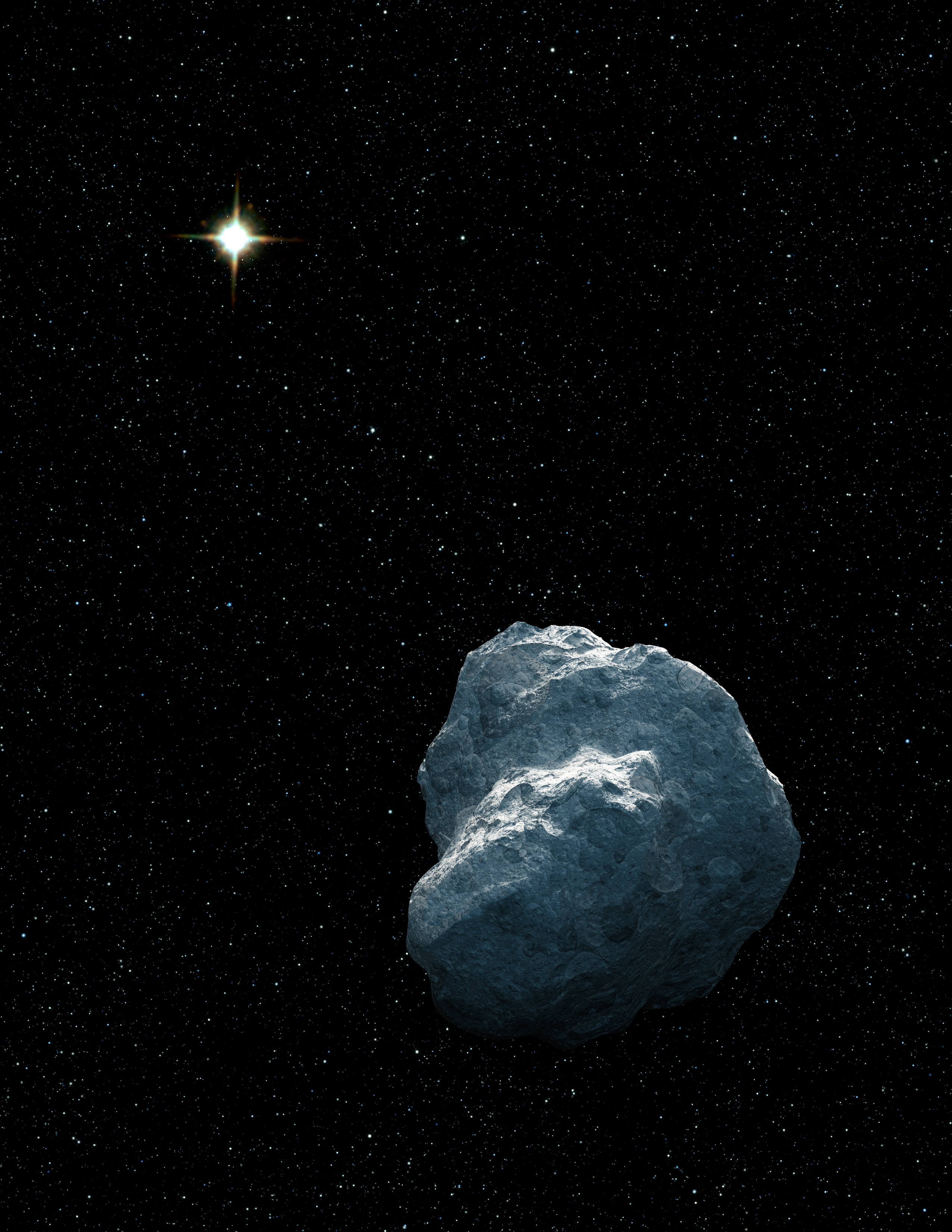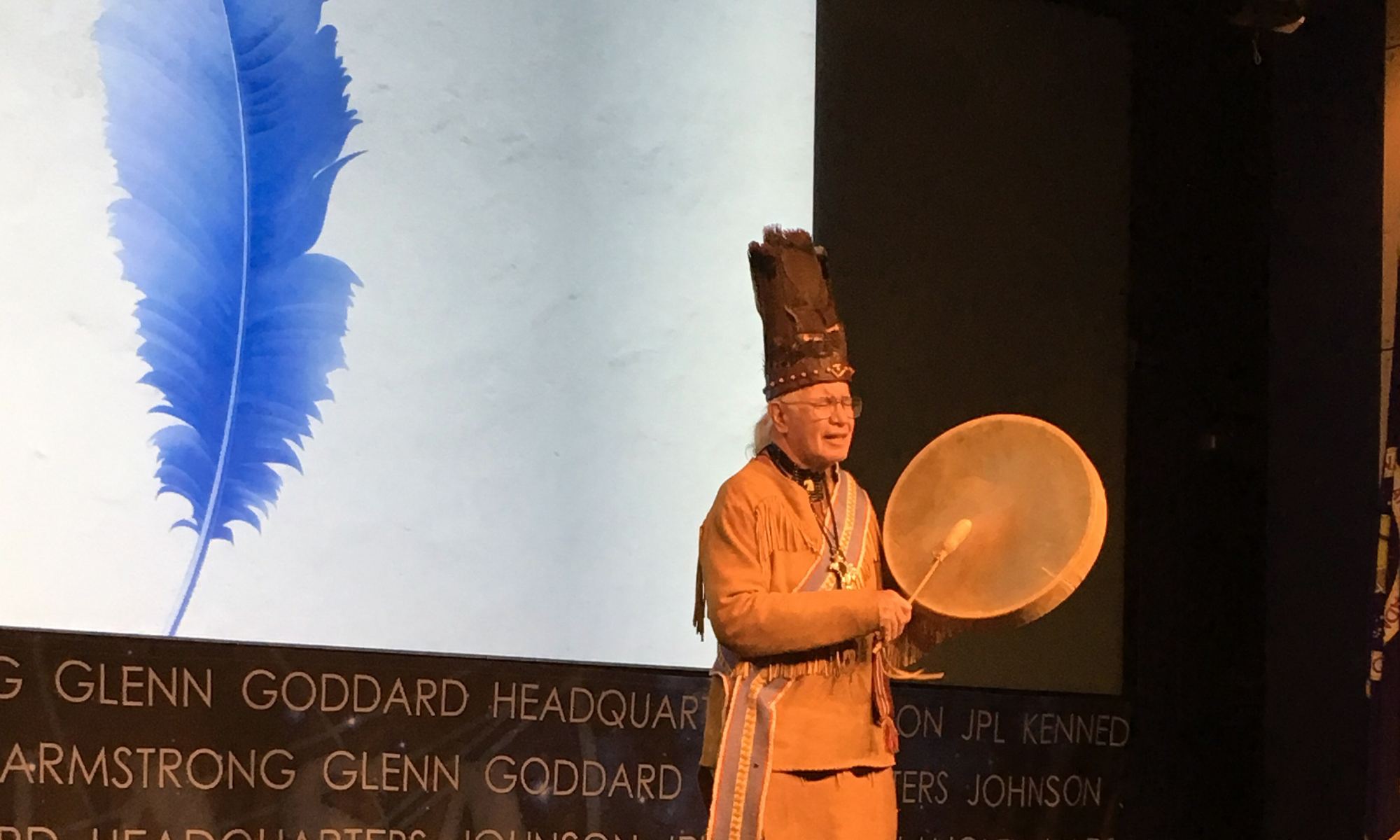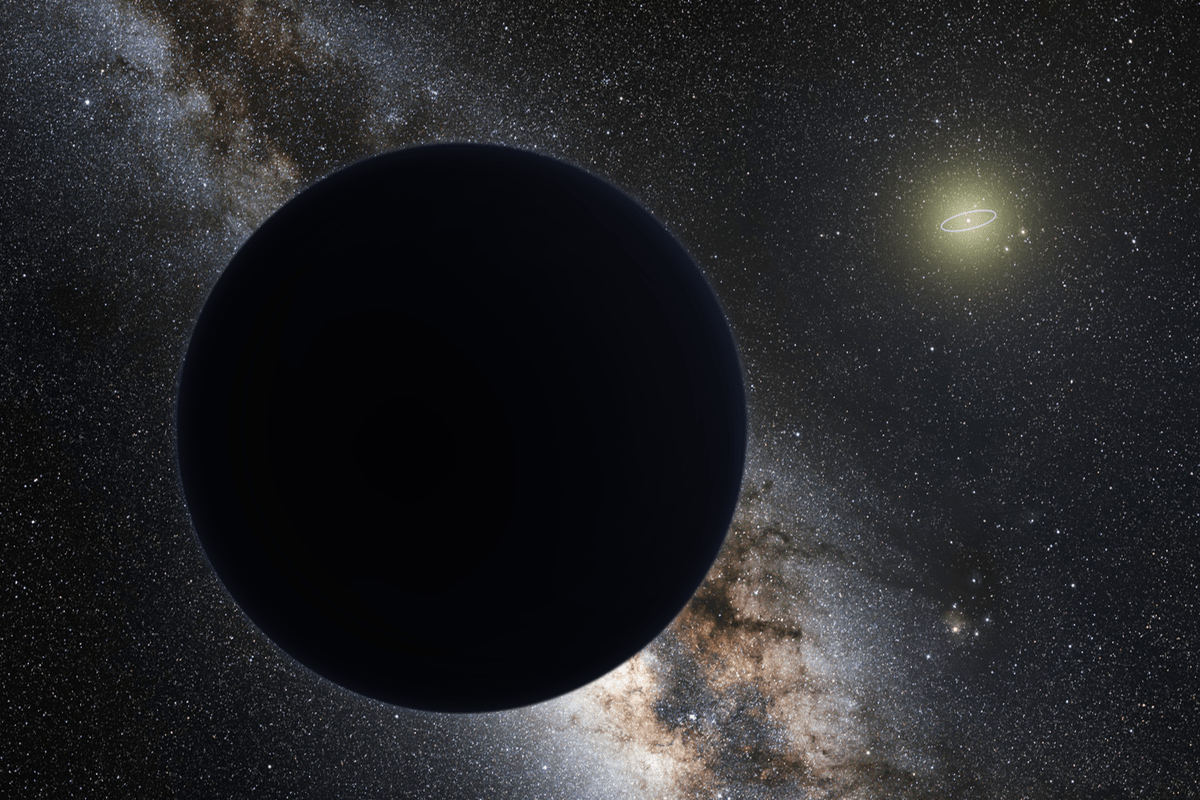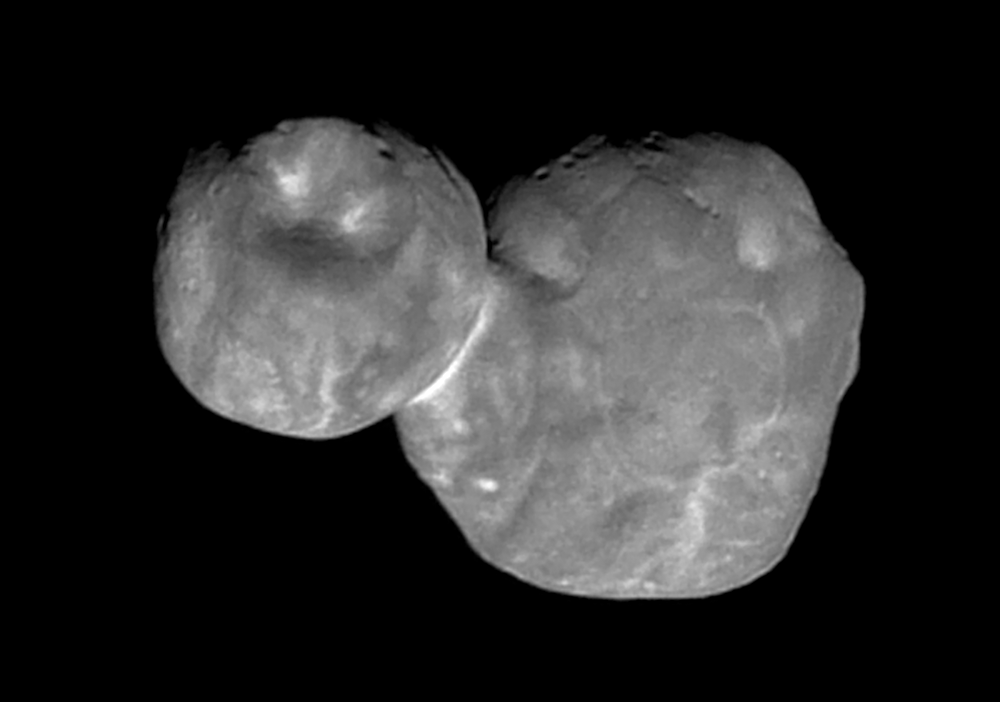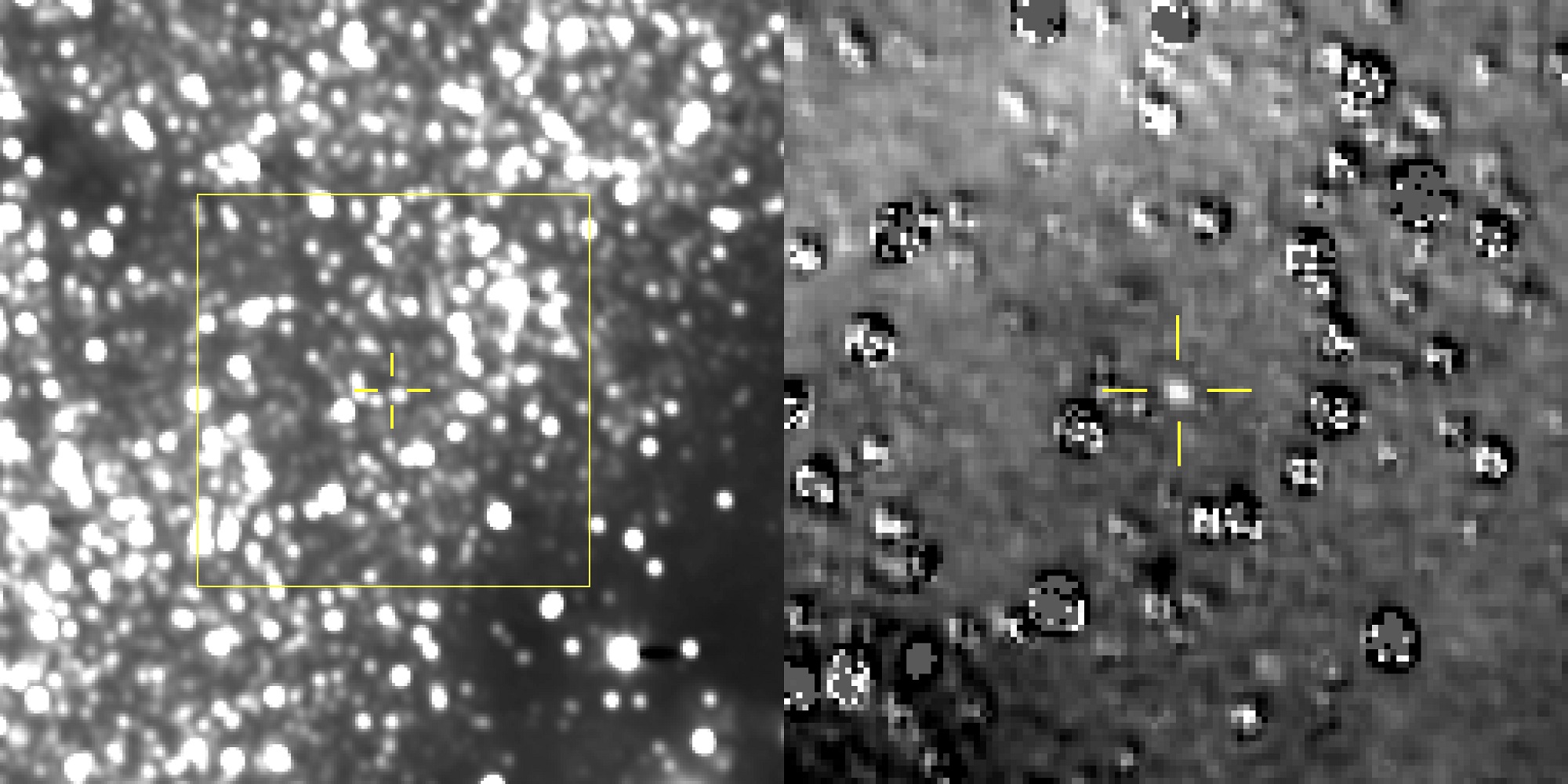As the New Horizons spacecraft hurtles out towards interstellar space, it has now reached an historical milestone. On April 17, 2021, New Horizons passed 50 astronomical units, or 50 times Earth’s distance from the Sun. It is just the 5th spacecraft to reach that distance, joining the Voyagers 1 and 2 and the Pioneers 10 and 11.
Continue reading “New Horizons is Now 50 Astronomical Units Away From the Sun”New Horizons is Now 50 Astronomical Units Away From the Sun
